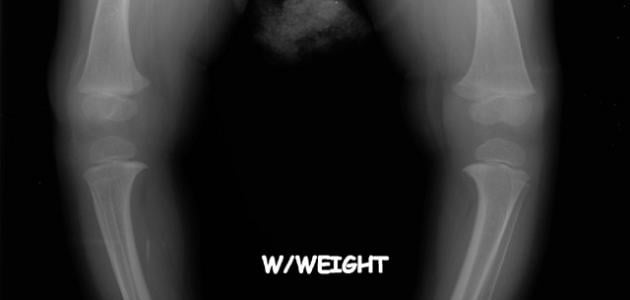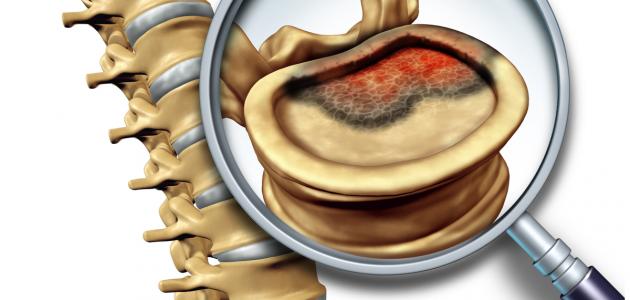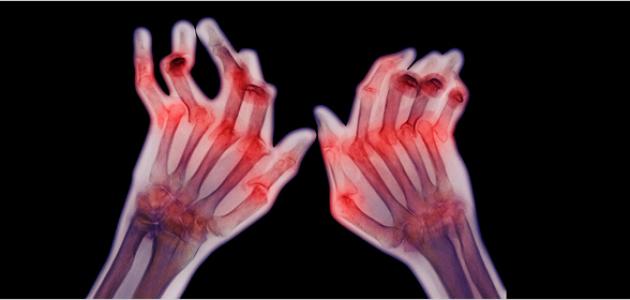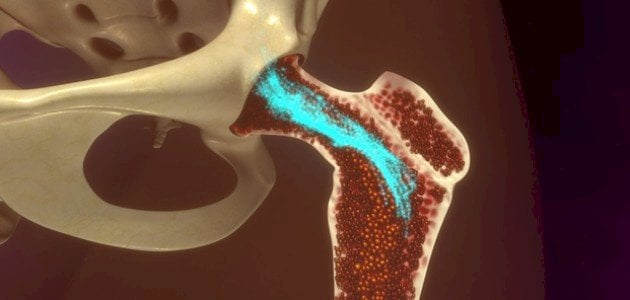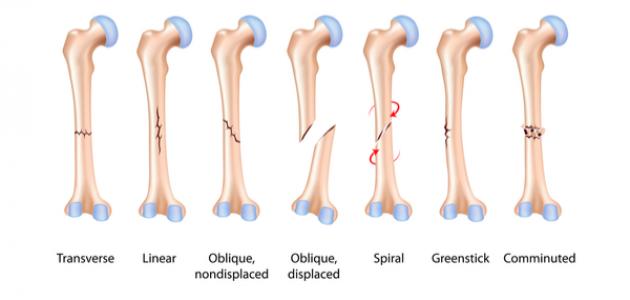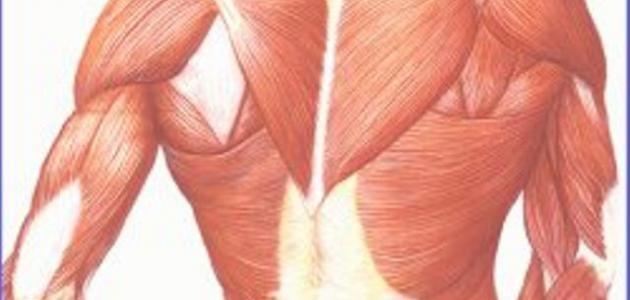rheumatism
The origin of the word rheumatism is a Latin word, and the first person to give it this name was the French doctor (Dr. Baillou). In the year 1642 AD, this word entered scientific terminology. Rheumatism is the pain that occurs in the musculoskeletal system, as it is used to refer to any specialty. A medical doctor who deals with any disease or pain that affects the musculoskeletal system, ligaments and joints, in addition to the bones and muscles. There are many studies and research that have confirmed that rheumatism affects women more than men, and it often begins to appear in the age period between the ages of (20-60) years.
The most important symptoms of rheumatism
- Heart palpitations.
- Feeling hot and losing appetite.
- Pain in the joints.
- General weakness.
Other symptoms of rheumatism
- Swelling in the joints, high joint temperature, and pale color.
- Rheumatism causes lack of joint movement due to the roughness that occurs in the joints.
- Symptoms resulting from rheumatism include an increase in body temperature and dehydration, in addition to a loss of appetite, an imbalance in the shape of the joints, especially the toes and hands, and a feeling of numbness.
- Scarring and inflammation may occur in the area under the skin, causing redness, along with paleness in the face.
- When changing the position from sitting to standing, the affected person may feel dizzy, due to the occurrence of anemia resulting from a lack of activity in the bone marrow, which manufactures blood cells.
- Symptoms resulting from rheumatism include burning, inflammation, and itching in the eyes.

